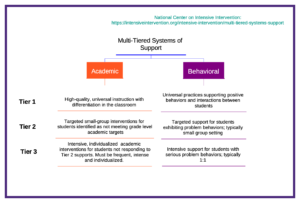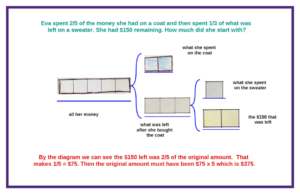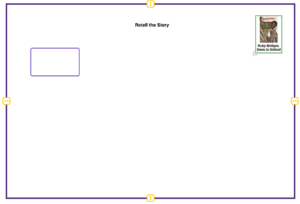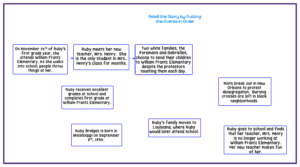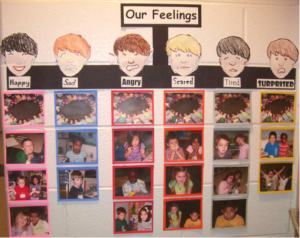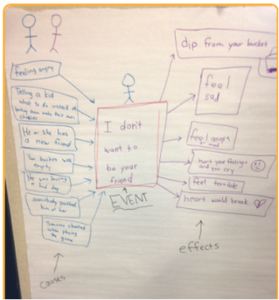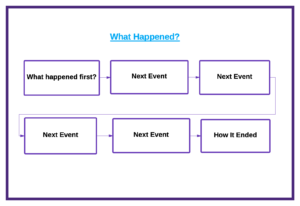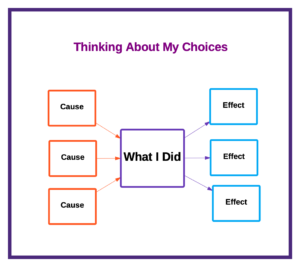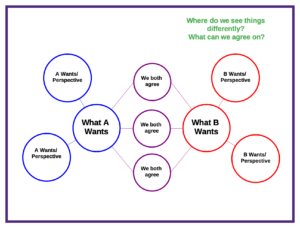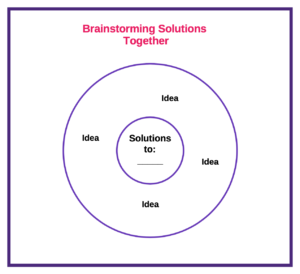MTSS and Thinking Maps: Helping All Students Succeed
JANUARY 14, 2021
Student success depends on more than just academic skills and content knowledge. To achieve equity in education, schools have to address all of the factors linked to student outcomes, including academic, behavioral and social-emotional factors.
That’s why many school systems have implemented Multi-Tiered Systems of Support (MTSS) to help students succeed in school. MTSS is a framework for providing targeted supports to struggling students that encompasses both academic and behavioral interventions. Thinking Maps can be used to support both branches of the MTSS framework.
RTI, PBIS and MTSS
MTSS first arose to prominence with the passage of the 2015 Elementary and Secondary Education Act/Every Student Succeeds Act (ESEA/ESSA). While the law focused on literacy achievement, MTSS has since been applied across the educational spectrum.
MTSS brings together two older frameworks: Response to Intervention (RTI) and Positive Behavioral Interventions and Supports (PBIS). Both frameworks use a three-tier structure for targeted intervention, with RTI focused on academics and PBIS focused on behavior. MTSS brings both together into a single three-tier framework, with increasingly targeted and intensive interventions as you move up the tiers.
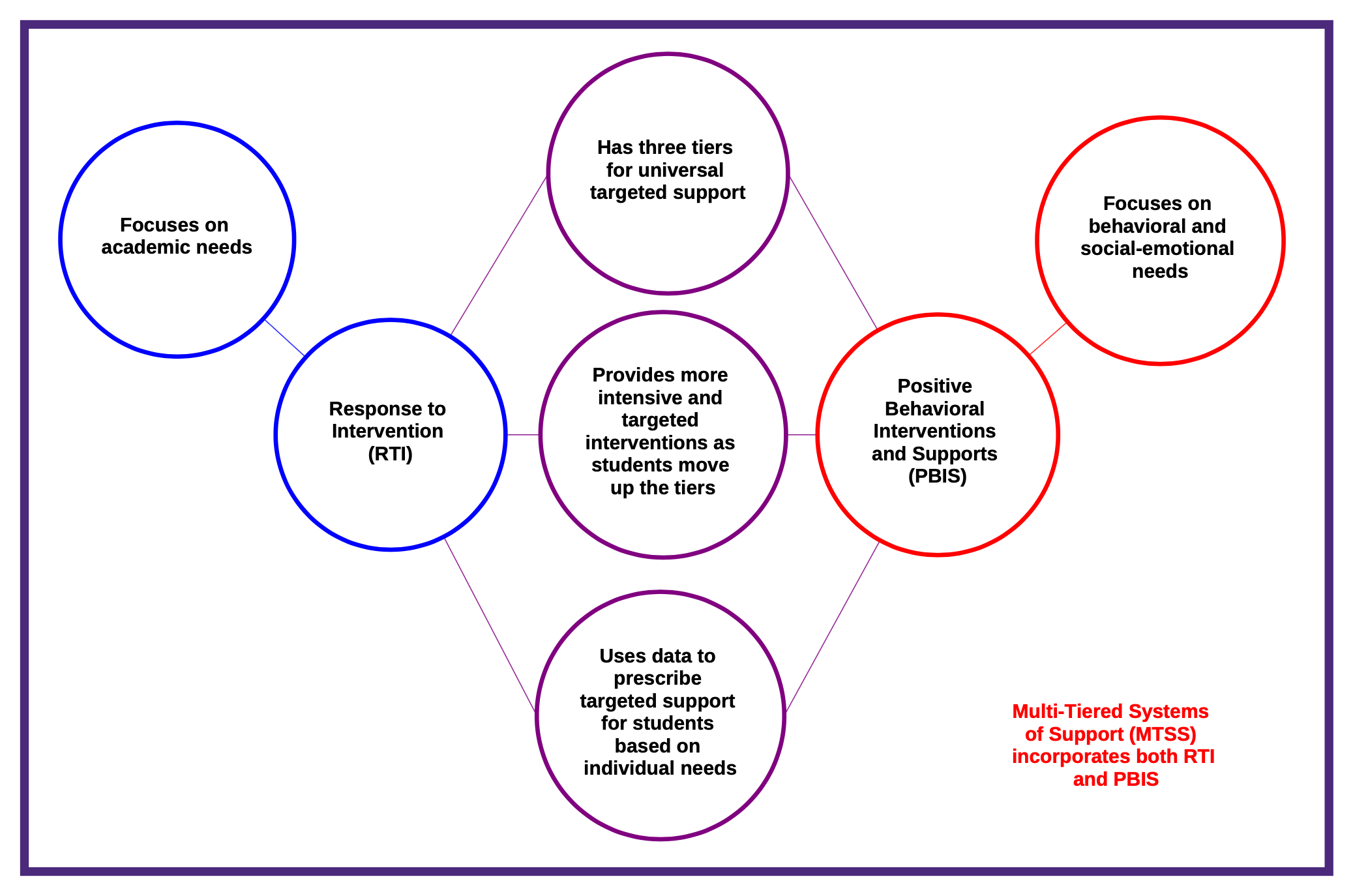
Using Thinking Maps for Academic Support
In an MTSS model, Thinking Maps is used across all three tiers. The Maps work by making thinking visible and helping students activate the core cognitive processes used for learning any subject. In universal instruction, Thinking Maps gives teachers tools for high-quality instruction and differentiation within the context of any content area. Read more: What Do We Mean by “Brain-Based” Teaching?
At Tier 2 and Tier 3, the Maps are especially helpful for students needing extra support. Using visual Thinking Maps activates metacognition, or “thinking about thinking.” Explicitly teaching metacognitive strategies can help students who are struggling catch up with peers who put these strategies into practice automatically without consciously thinking about them. Focusing on thinking first, rather than facts, is more effective in helping students close achievement gaps. Read more: How Schools Can Close the Coronavirus Achievement Gap.
Using the Maps also helps struggling students crystalize their understanding of content, engage deeply with complex text and concepts, and organize their thoughts for writing or speaking. The Maps can easily be differentiated to provide more or less support for students as they engage with content. In this example from Ruby Bridges Goes to School, proficient readers are asked to build a Flow Map from scratch to retell the story, while students needing more support are provided with story elements they must put in order. But all students are engaging with the same content and ideas.
Using Thinking Maps for Behavioral Support
Thinking Maps also can be used to address the social-emotional and behavioral needs of students. Activating metacognition is critical to self-regulation, reflection, problem-solving and good decision-making. Read more: Social and Emotional Learning at School.
In an MTSS framework, the Maps can be used by all students to reflect on feelings and behaviors and provide a framework for problem-solving and decision making.
Students who are having trouble making positive behavioral choices will benefit from reflecting on the causes and effects of their behaviors and developing their own strategies for self-regulation and problem-solving. The Maps make this process concrete and visible for students who may struggle with cause-and-effect thinking and self-regulation. They also provide a tool for group discussion and problem-solving.
Building Thinking Maps into an MTSS Framework
Thinking Maps schools who are implementing an MTSS framework will find more support in Navigator, part of the Thinking Maps Learning Community (TMLC): Equality in Education through a Multi-Tiered Support System
Not a TMLC subscriber? Talk to your Thinking Maps account specialist to get started!
Continue Reading
September 14, 2023
Reading comprehension is the foundation for academic success across all subject areas. And yet, many students still struggle to engage deeply with written content and pull meaning from complex text. Here’s how teachers can support development of “deep cognitive structures” for reading comprehension that reduce the cognitive load so students can focus on content.
June 15, 2023
Both Thinking Maps and graphic organizers present information visually. But only Thinking Maps are aligned with the way the brain prefers to process information.
May 15, 2023
College and career readiness includes academic, social-emotional and cognitive skills. Conley's Key Cognitive Strategies provide a framework for success.
April 12, 2023
Asking better questions is an important component of critical thinking. Learn how to go beyond the "Five Ws" to ask questions that promote higher-order thinking.
